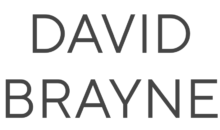I find making the first marks so difficult, for me it must be the most exacting stage of any painting. I paint from memory and the initial marks are often scrappy as I try to clarify my ideas.
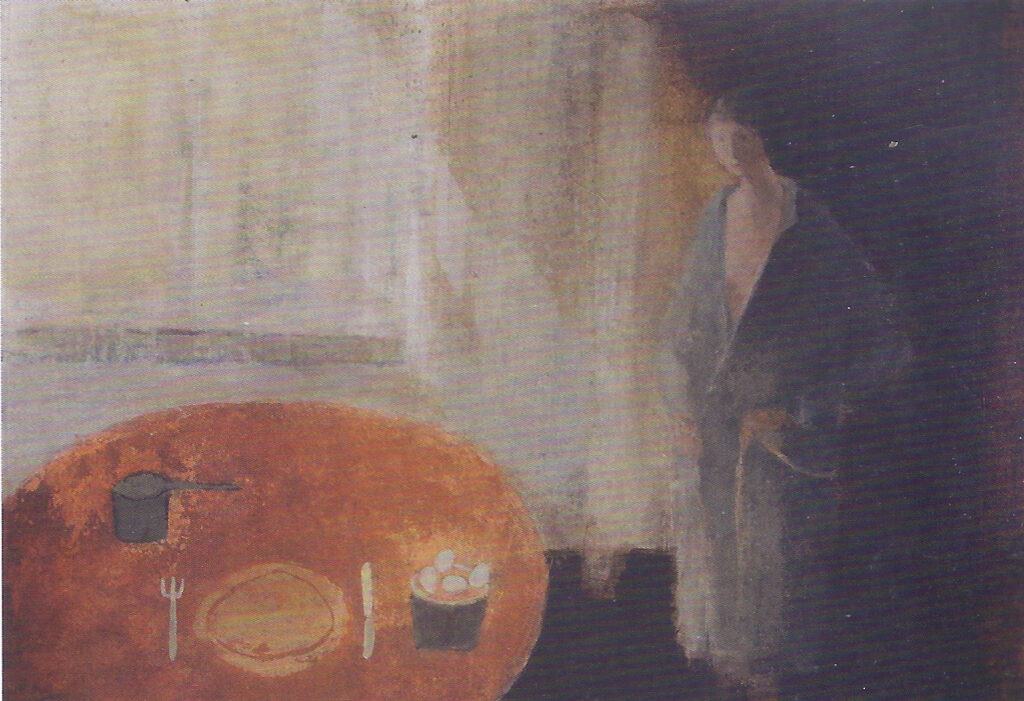
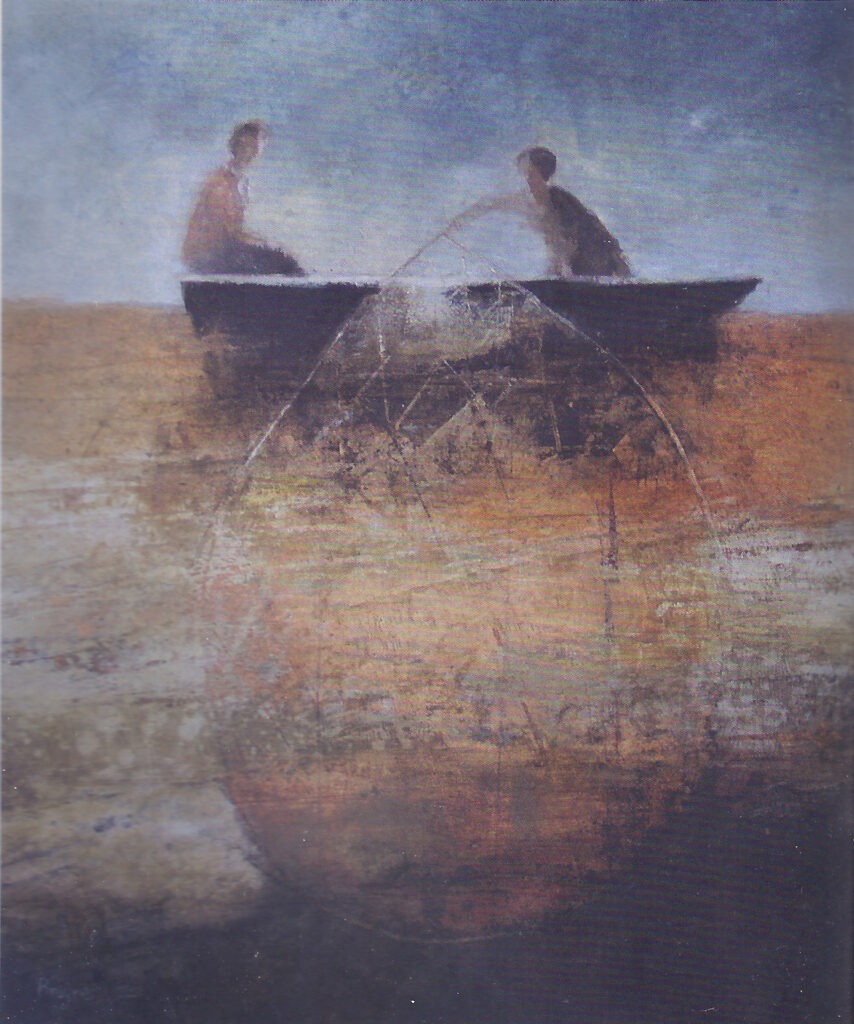
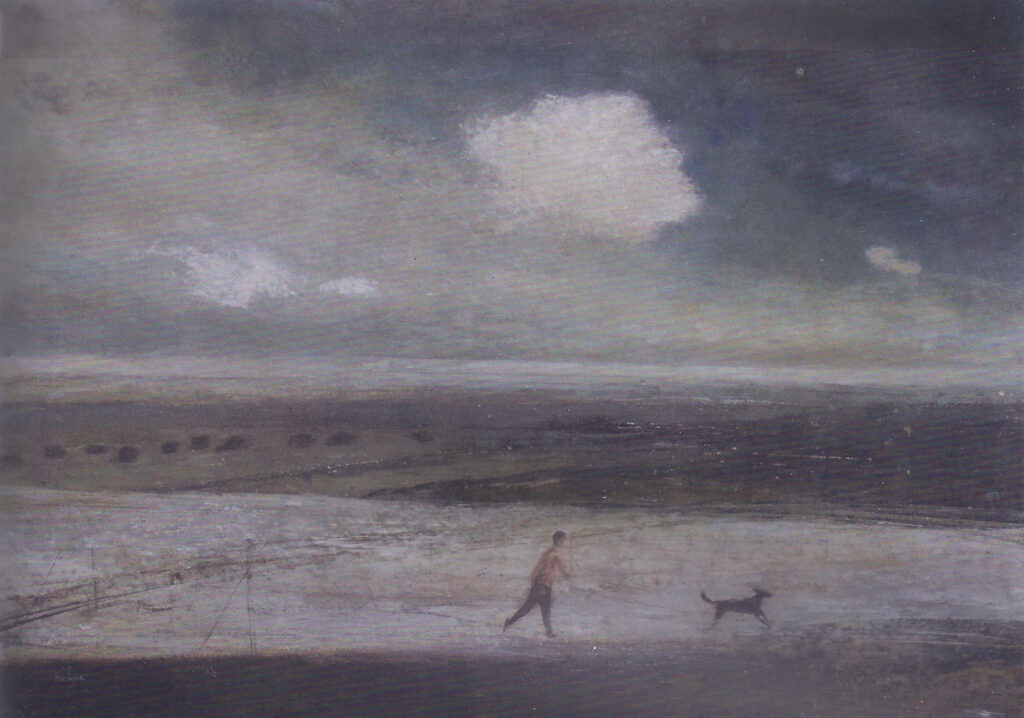
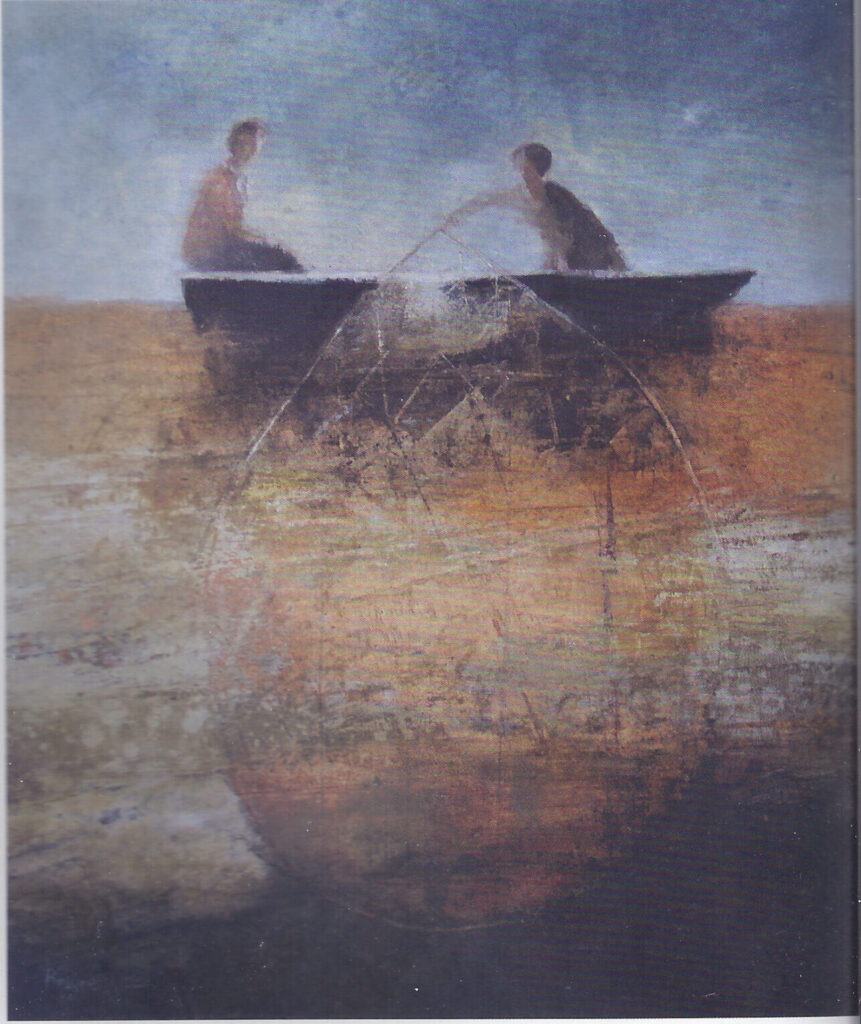
I begin by drawing with pencils and there’s usually a lot of rubbing out, so the surface of the paper soon becomes scruffy as well as scrappy; covered in a faint tangle of lines and smudges that sometimes offer unexpected ideas. At this stage there is a pressing need to concentrate and become fully absorbed in order to make sense of it all. The painting has now truly started and decisions about what to do next are determined by what’s on the paper. Now I enter into the act of balancing what’s on the paper with what I can actually achieve. The drawing becomes the painting, there are no sketches or preparatory drawings – it’s all worked out on the surface of what will become the completed picture. If the painting is not right, then I simply fix the surface with an acrylic medium and, if the problem is not too serious, continue to work over the troublesome area with pastels, graphite or watercolour. When all else fails I use an an opaque mix containing a fair amount of Titanium White. I paint as simply as I can. An important element in this approach is my choice of paint. I make my own. This is not as difficult as it first may seem; after all paint is merely a mixture of pigment (a coloured substance) and a binder (the ingredient that fixes the pigment to the support, whether it’s canvas, a plaster wall or paper). Specialist manufacturers produce and prepare pigments, which are finely ground and nearly always ready to use. I invariably combine these with an acrylic medium, though occasionally, when I wish to apply a number of transparent glazes, I try a commercially produced, ready-refined gum arabic mixture. I sometimes combine the ingredients directly on the painting’s surface. This allows me the opportunity to change or adjust the ratio of pigment to medium as I work and to achieve the desired degree of transparency. Ifind that by working in this way I have more choice and control. The range of colours available as raw pigments is amazing; some might be very insipid and have the colour of dust from a vacuum cleaner, but pigments are never boring and I can usually find a use for the range of 100 or so I have in my studio.
